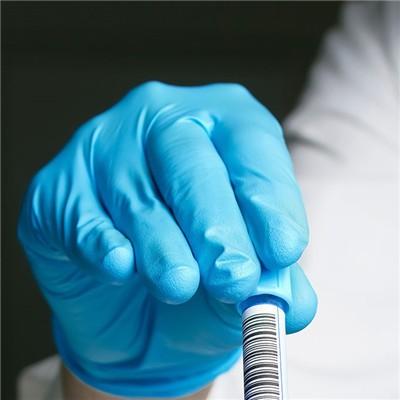What does pyelonephritis examine
summary
Pyelonephritis urinary system performance is more prominent, in the diagnosis, the correct examination is still very important, so as to ensure as much as possible to make clear the condition. Let's take a look at what pyelonephritis examination.
What does pyelonephritis examine
First of all: renal function examination: there is usually renal tubular dysfunction (urine concentration function decline, phenol red excretion rate decrease, etc.), can have urine sodium, urine potassium excretion increase, metabolic acidosis; urine less blood potassium can increase. In the late stage, glomerular dysfunction, blood urea nitrogen and creatinine increase, and lead to uremia.
Second: urine culture: the same as acute pyelonephritis, but the positive rate is low, sometimes need to check repeatedly to get positive results. About 20% of the patients with negative urine bacterial culture can find protoplasm type strains. This is a kind of variation ability of pathogenic bacteria in order to adapt to the bad environment and survive under the action of antibiotics and antibodies. Although the cell membrane is broken, the protoplasm is still there. Once the environment is favorable, it can reproduce again.
Finally: urine routine: urine protein is generally micro or small. If the urine protein is more than 3.0/24 hours, it indicates that the disease is not possible. Urine sediment can have a small amount of red blood cells and white blood cells. It is helpful to diagnose if leukocyte type is found, but it is not specific to pyelonephritis.
matters needing attention
Low salt diet, more water, easy to digest diet, to ensure the heat. Pay attention to sexual health. If chronic pyelonephritis is an acute attack, it should be mainly bed rest, with the recovery of the disease gradually increase the amount of activity.













